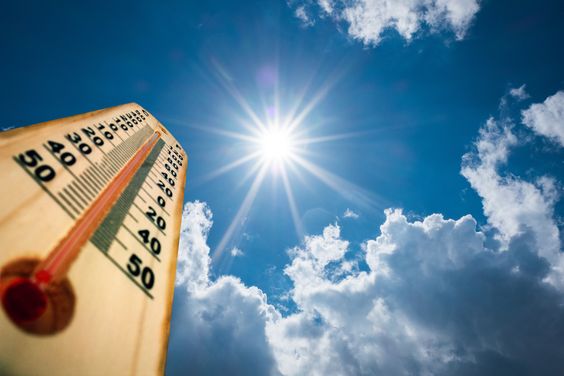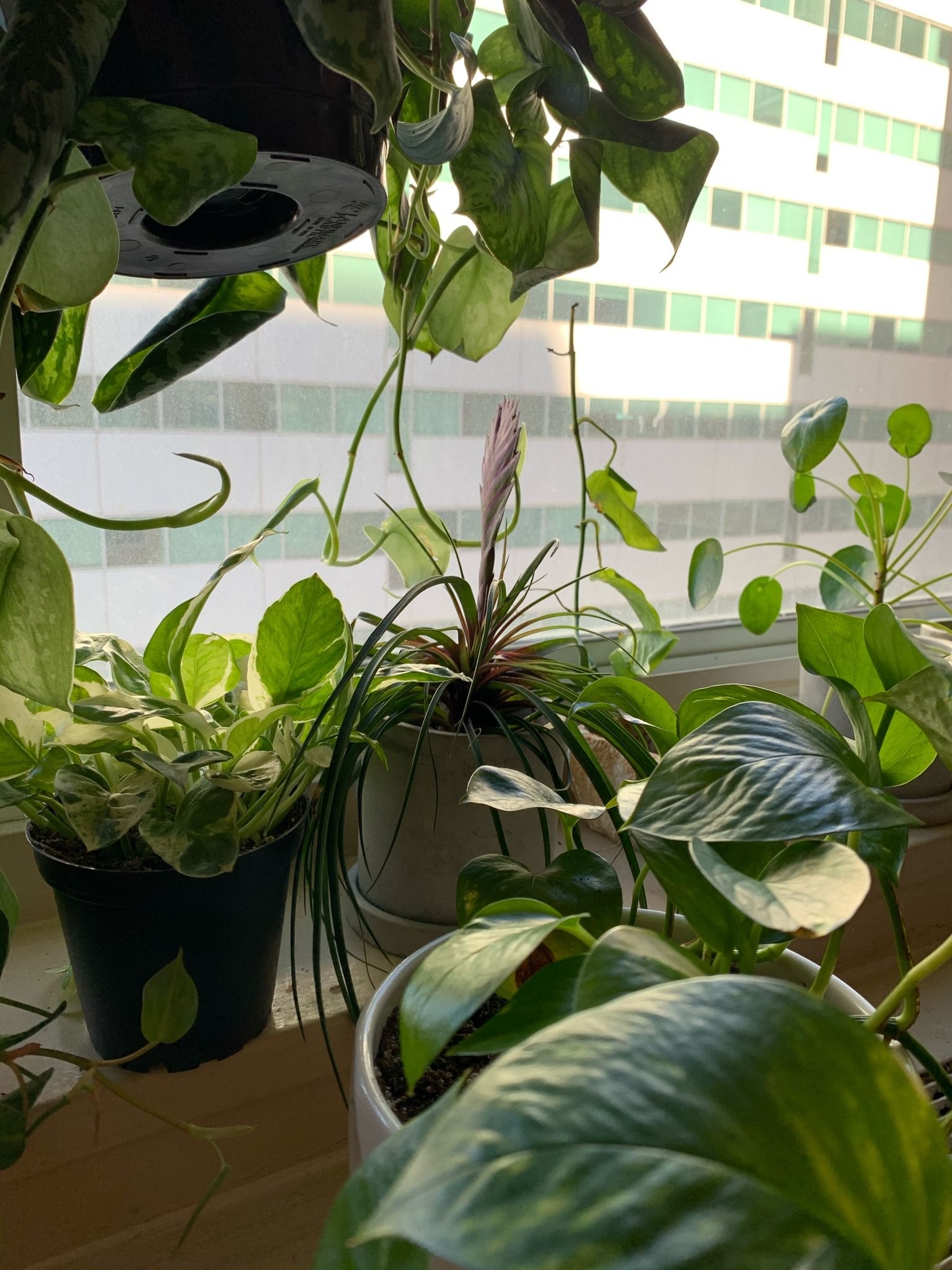How to Keep the House Cool in Summer?
4 minuteRead

Summer is beautiful, but it can also be the most challenging if you don’t know how to keep the house cool in summer. Our country is infamous for experiencing a wild, blistering, and terrible summer. With the temperature steadily rising, it seems easier to go with an air conditioner or a room cooler. Furthermore, as humidity rises with the arrival of the monsoon, even coolers begin to fail, and only an air conditioner provides some relief. However, everyone is aware that air conditioners are costly. Summer electricity expenses may easily reach thousands of rupees for a month to make a hole in your pocket. The irony is that we are not only draining our coffers, but we are also consuming too much fossil fuel, making the Earth hotter.
Fortunately, we have some tips to keep the house cool during summer.
Use Fans Strategically
Moving air makes us feel cooler; it’s not a secret! Ceiling or portable fans can help circulate cool air throughout your home. They are an inexpensive and energy-efficient way to stay cool. Make sure that your fan is rotating in a counterclockwise direction during the summer months. This helps to create a wind chill effect and keeps the air moving. However, it’s important to use them strategically. For example, you can place a fan near a window to draw in cooler air or point it upwards towards the ceiling to create a cooling effect.
Block sunlight
Sunlight is one of the primary causes of heat gain in your home. You can block sunlight by closing your blinds or curtains during the day. Alternatively, you can invest in blackout curtains to block sunlight and reduce heat gain.
Cross-ventilate
If you’re wondering how to keep the house cool in summer naturally, then cross ventilation should be your go-to option. Keep your doors ajar, particularly the main door, to keep your home cool in the heat. This replenishes the trapped hot air and maintains fresh air flowing throughout the building. Remember to keep the exhaust fans turned on during the day.
Use natural ventilation
If you live in a house with windows on opposite sides, you can create a natural ventilation system by opening windows on opposite sides. This will allow fresh air to flow through your home, creating a cooling effect.
Close the curtains and blinds
When the sun shines directly into your home, it can quickly heat the room. By closing the curtains and blinds during the day, you can keep the sun out and reduce the heat entering your home. Also, it is crucial to watch out for what type of curtains you use. Bamboo curtains and straw curtains are excellent investments. These are fantastic because they give shade, prevent direct sunlight from entering your home, and allow air to circulate. These are especially useful for balconies and windows that let in direct sunlight.
Keep windows and doors closed during the day.
While it may be tempting to open your windows and let in some fresh air, keeping them closed during the hottest parts of the day is important. This will prevent hot air entering your home and keep the cool air inside. You can also use the old classic formula of spreading wet towels or clothes near your bed to keep your room cold.
Use light-coloured or reflective materials
Light-coloured or reflective materials can help to reflect sunlight and heat, which can help to keep your home cooler. For example, you can use light-coloured curtains, blinds, or furniture reflecting sunlight and heat.
Avoid using appliances that generate heat
Appliances such as ovens, dryers, and dishwashers generate a lot of heat, which can quickly warm up your home. Avoid using these appliances during the hottest parts of the day to keep your home cool.
Use your refrigerator
Using your refrigerator is one of the best ways to keep the house cool during summer, but it doesn’t mean leaving its door open. According to the Sleep Council, keep your pillowcase in the refrigerator before bedtime to stay cool on hot nights. Also, you can freeze your socks and wear them while sleeping to lower your body temperature.
Place your plants near the window
It is widely believed that plants play an important part in regulating the temperature of the Earth’s atmosphere. They can also have a comparable, albeit much less severe, effect on the temperature in your house. Plants absorb heat and have a cooling effect when temperatures rise.
Home hacks always succeed. Nothing beats a cold shower when it comes to beating the heat. Besides, staying hydrated is essential during the summer months. Drinking plenty of water and other hydrating fluids can help to regulate your body temperature and keep you cool. You can read our blog here to learn about a few DIY summer cool drinks.
There are many ways to keep the house cool during summer, and it doesn’t have to be challenging. With these simple strategies, you can beat the heat, comfortably enjoy the summer months, and create a cool home environment without relying on expensive air conditioning.
Write, Record and Answer! Consume Unlimited Content! All you need to do is sign in and its absolutely free!
Continue with one click!!By signing up, you agree to our Terms and Conditions and Privacy Policy.













